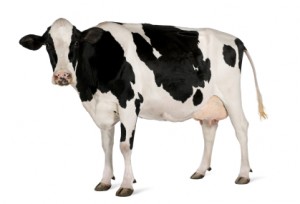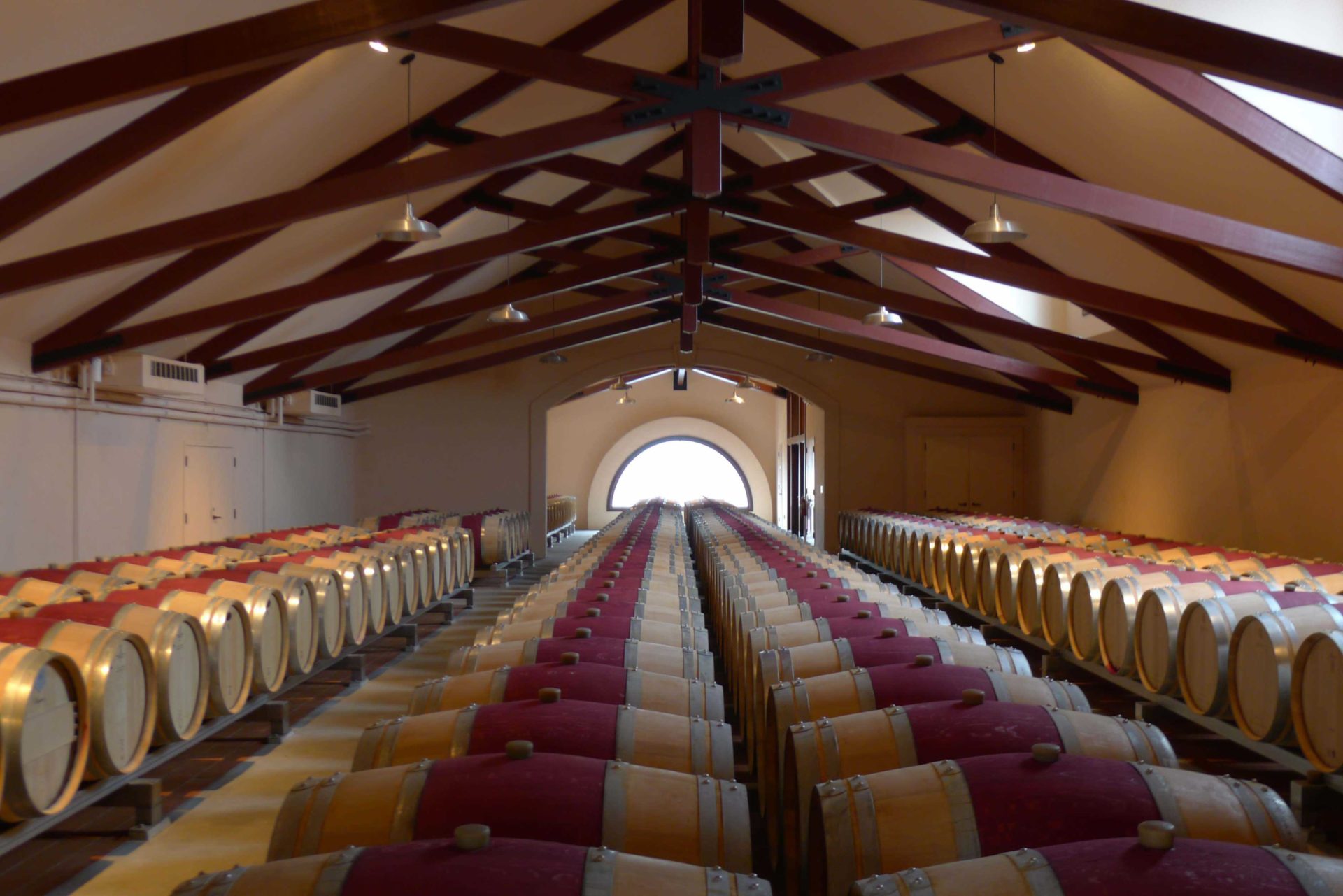By Kylie Meyermann
By Kylie Meyermann
Before a farmer can even begin to fathom the back aching process of making great cheese, a farmer must exmine his terroir. A barnyard is very similar to a vineyard: the landscape, the climate and soils will dictate what will prosper and thrive in the given environment. A knowledgeable wine maker will know that the Cabernet Sauvignon grape does not thrive in the cold and temperate soils of Germany much like a cow won’t survive on a barren pasture. Different animals thrive in different conditions, and there are also flavours, textures and aroma components that each animal offers that must be taken into consideration. Before Professor Frank Kosikowski’s Eight Basic Steps of Cheesemaking (discussed in Class 1) can be put into practice, a farmer must be well acquainted with the species and breeds of the barnyard.
My first taste of cheese was made of cow’s milk. I learned in school that milk came from cows and that cheese was made of milk. It’s a silly miscomprehension that many children make, along with many adults. With brands like Kraft Singles and The Laughing Cow, cheese made of cow’s milk is the by far the most mass-produced and commercialized.
Cows have a lactation period of 300 days. With a little staggered breeding and a large herd, farmers can easily produce milk all year round. Being a much larger animal than goats or sheep, cows produce more milk. A 2,000 pound cow will produce approximately 160 pounds of milk per day, (around 10 percent of her body weight).
Aside from production, cow’s milk cheese is approachable because it lacks the pronounced, sharp aromas and flavours that both sheep’s and goat’s milk cheese offer. Cow milk is lacking in the free fatty acids (FFAs) department. FFAs offer unique character and personality to cheese. Both sheep’s and goat’s milk have a higher percentage of FFAs than cow’s milk.
Also, cow’s milk has larger fat globules than goat’s or sheep’s milk does. Smaller globules are more consistent and predictable than larger ones, which are ideal for creating and aging cheeses. It only makes sense that artisanal cheesemakers would prefer a more reliable milk source than cow’s milk offers.
That is not to say that cow’s milk is flawed when it comes to cheesemaking. On the contrary, many ancient breeds of cows make fantastic cheeses. Jersey cows are by far the most famous. The acclaimed French cheese, Laguiole is made with milk from Aubrac cows. Freisian cows are the most common dairy cow and are the world’s highest yielding milk cow on the entire planet.
Goats
Goats can survive in sparse areas and take pleasure in eating most vegetation. Cattles picky diets are no match for the hardy sustenance of goats. Although, you will never see the goats that produce the milk for the world famous chèvres of France surviving off of scraps of weeds. All dairy animals require constant love and care. If they aren’t healthy and content it’s usually detectable in the milk they produce.
The lactation period for female goats (does) is around 10 months. Does start to lactate after giving birth, which accounts for their high milk production throughout the spring and summer months. Most goats produce anywhere from 6 to 8 pounds of milk per day, (roughly 5 to 10 percent of their body weight).
Unlike cow’s or sheep’s milk, goat’s milk has more beta proteins. These proteins affect the way milk coagulates and it usually results in fragile curds that yield small amounts of cheese. The fragility of the milk is easily recognizable in the cheese’s personality. Goat cheese’s aroma tend to be gentle, milky and taste slightly tart with a pleasant kick of salt at the finish.
Saanen (Swiss) goats are the most preferred breed because they can yield more than 20 pounds of milk per day. That’s more than double what other breeds of goats produce! The Poitenive goat is from western France and is the ancient breed that produces many of the Loire Valley’s chèvres.
Sheep
Sheep are easy to manage and versatile. They are prevalent on barren pasturelands situated at higher altitudes. Unlike cows or goats, sheep require extra attention from their farmers because they need to be sheared. Sheep farming is the most uncommon in North America but is favoured in the wet north of Spain and Italy.
The lactation period of female sheep (ewes) is 240 days, provided that she has given birth to a lamb in the spring. Sheep produce a mere 3 percent of their body weight, making it an untidily candidate for large range farmers.
Sheep’s milk has double the fat of cow’s milk and 50 percent more protein and solids. Sheep’s milk can tolerate heat treatment relatively well, which is ideal for pasteurized cheeses. It can also be frozen. Sheep’s milk has small globules and easily coagulates. Sheep milk is sweet with nutty, grassy flavours and a long finish. It is an ideal pairing with food and wine. Sheep’s milk is the most ideal candidate for cheesemakers.
Lacaune sheep are the most common breed in France. Prominent cheeses such as Roquefort, Brin d’Amour and Fleur de Maquis are all sweethearts of sheep’s milk.
Closing Statement
I think that it is safe to say that the above stated barnyard animals are the most common produces of milk used for cheese. Italian buffalo milk can produce soft, lush mozzarella and camel cheese is widely acclaimed in the middle east. In North American and Western Europe, goat, cow and sheep milk cheese still rein supreme and offer unique character to the cheese we consume. For any novice cheese enthusiast, I would recommend sampling three cheese’s produced in the same region but sourced from different animals. It’s a great way to begin comparing the different styles an animal’s milk can offer to the final product.
 Kylie Meyermann is a contributor of Good Food Revolution. She works at Jamie Kennedy Kitchens and is working towards attaining her WSET’s. Follow her on Twitter! @kylie’swines : She would love to hear your input!
Kylie Meyermann is a contributor of Good Food Revolution. She works at Jamie Kennedy Kitchens and is working towards attaining her WSET’s. Follow her on Twitter! @kylie’swines : She would love to hear your input!











These have been interesting articles but please get an editor. ‘baron pastures’?
Rick, thank you for the correction. Next class will be error free.